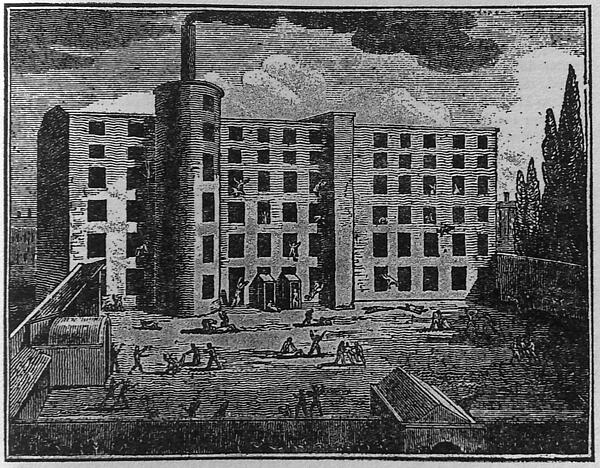Factory Laws
| The 1819 Factory Act: stated that no children aged nine or under were allowed to carry out factory work. Meanwhile, any children aged between nine and 16 couldn’t work any more than 72 hours each week and had to be allowed an hour and a half a day for meals. |
| The 1833 Althorp’s Factory Act: this stated that children aged between nine and 13 could only work a maximum of 42 hours each week. It also said that children aged between 13 and 16 could work no more than 69 hours per week and that no one under 18 years old could do night work. |
| The 1842 Mines and Collieries Act: this Act banned all women children under the age of ten from working in mines. It also said that no-one aged under 15 was allowed to work on a winding engine in a mine. |
| The 1844 Graham’s Factory Act: this reduced the minimum age for anyone working in factories to eight. Meanwhile, those aged between eight to 13 were only allowed to work for a maximum of six and a half hours a day; those aged between 13 and 18 years old, as well as all women, could only work a maximum of 12 hours a day. Furthermore, all machines had to be fitted with safety guards. |
| The 1847 Fielder’s Factory Act: this Act introduced a maximum 10 hour day for anyone aged under 18 along with all women. |

The government also introduced inspectors to ensure these laws were adhered to. However, these inspectors were often so badly paid that this opened up the possibility of them being bribed, and not just by factory owners; some parents were so poor that they pretended their children were older so they would be allowed to work in mines and factories. Thus, although the laws did help to reduce the rate of work-related deaths and illnesses among children, they were also very difficult to enforce.
MLA Citation/Reference
"Factory Laws". HistoryLearning.com. 2026. Web.
